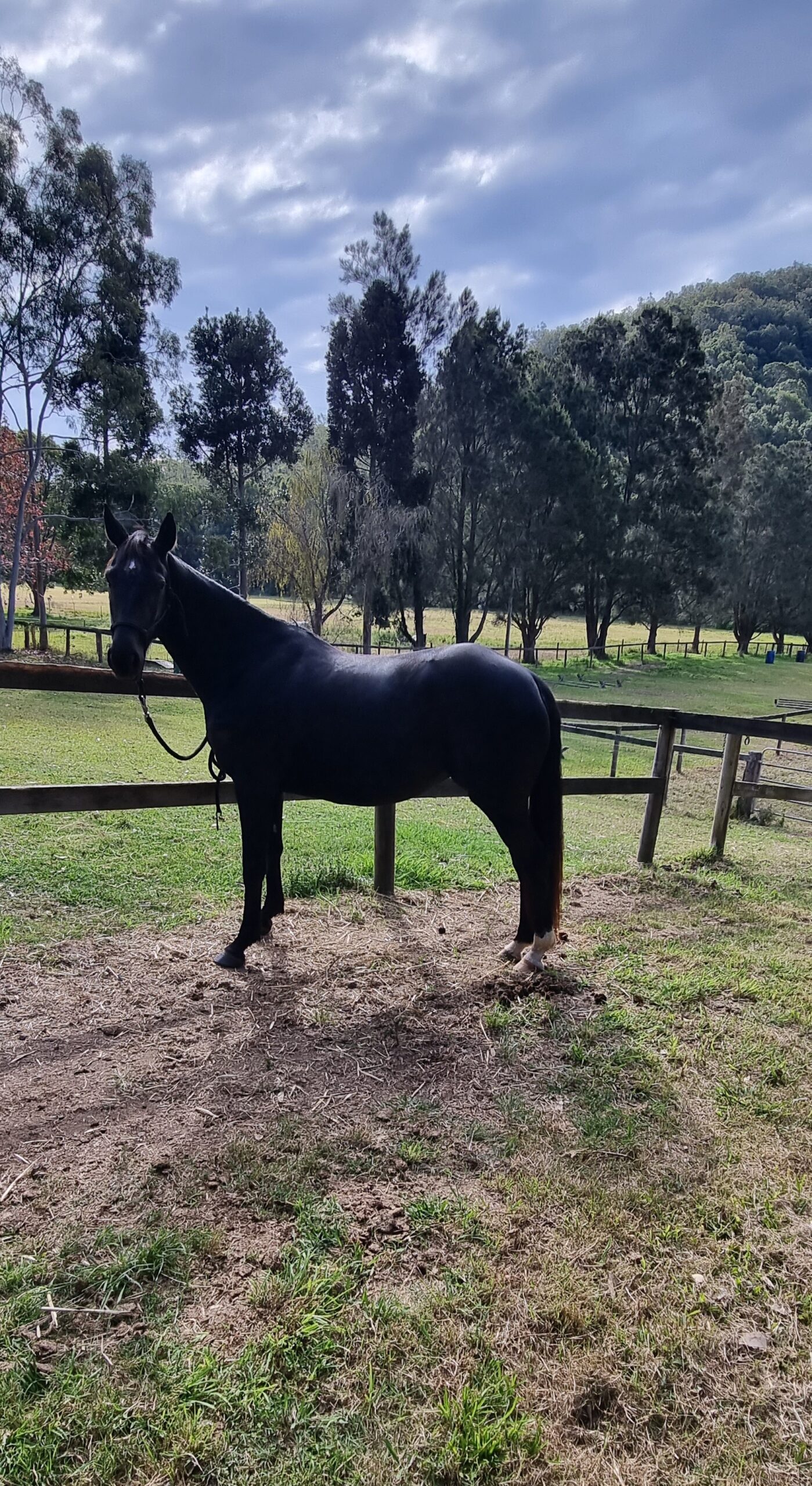Selling a horse is not just a transaction; it’s an intricate process filled with preparation, emotional investment, and logistical challenges. As sellers, we often face the daunting task of finding a new home for a beloved companion, a responsibility that extends far beyond simply posting an ad. In this guide on how to sell a horse, we’ll delve into the comprehensive efforts behind the scenes—from the initial preparation to the final sale—and shed light on the emotional toll that comes with this significant decision.
Selling a horse preparation phase:
Before a horse even hits the market, there’s a considerable amount of groundwork that needs to be laid. This preparation can vary depending of the future use of the horse however it still involves several crucial steps:
- Choose the Purpuse: Here at FTP Horsemanship Coaching we believe it is our responsibility as horse owners to understand our horses capabilities and capacity and therefore what they should be sold for. This assists us in making the decisions on the ‘right’ future home and that the horse is able to meet expecations of its new owner. Understand your horse, its needs and wants as this is crucial.

- Health and Maintenance: Ensuring the horse is in good condition is paramount. This includes a vet check, up-to-date vaccinations, and recent farrier work. A healthy horse not only attracts more potential buyers but also guarantees a smoother transition for the horse into its new home.
- Documenting History: A comprehensive sales packet includes the horse’s bloodlines, medical history, competition records, and any relevant training or behavioural notes. This transparency builds trust with prospective buyers and helps them make informed decisions.
- Presenting the Horse: First impressions matter. From grooming to training, ensuring the horse is presented in its best light is essential. Regular exercise and a consistent routine help the horse remain in optimal shape, showcasing its true abilities and temperament.
Selling a horse is work.
Marketing the Horse Sale: Reaching Potential Buyers
Once the horse is prepared, the next step is to market it effectively. This involves:
- Creating a Compelling Advertisement: Crafting a detailed and honest ad with high-quality photos and videos is key. Highlight the horse’s strengths, personality, and any special skills it possesses. Transparency about any flaws or areas for improvement fosters trust and attracts serious inquiries.
- Choosing the Right Platforms: Utilising multiple channels, such as equestrian forums, social media groups, and local networks, increases visibility. It’s crucial to engage with the equestrian community and respond promptly to inquiries to maintain momentum.

Our standard ad template
The Sales Process: Navigating Negotiations and Trials
Once potential buyers start showing interest, the sales process truly begins. This phase includes:
- Scheduling Viewings and Trials: Coordinating schedules for potential buyers to view and ride the horse requires careful planning. It’s important to ensure the horse is well-prepared and calm during these trials to create a positive experience.
- Handling Negotiations: Negotiations can be one of the more challenging aspects of selling. It’s important to be prepared for discussions on price and to understand the value of your horse. Flexibility and clear communication are key in reaching a mutually beneficial agreement.
- Finalising the Sale: Once an offer is accepted, the paperwork begins. This includes drafting a sales contract, transferring ownership, and ensuring all necessary documents are provided to the new owner. Attention to detail here is crucial to prevent future disputes.
Post-Sale Logistics: Ensuring a Smooth Transition
After the sale, there are still a few critical steps to ensure the horse’s transition is smooth:
- Coordinating Transport: Arranging safe and reliable transportation for the horse to its new home is essential. Choosing an experienced and trustworthy transport provider helps reduce stress for the horse.
- Providing Support: Offering advice and support to the new owner can ease the transition for both the horse and the buyer. Sharing any insights about the horse’s routine, preferences, or quirks can make a significant difference.
The Emotional Toll: A Seller’s Perspective
Selling a horse is often more than just a business transaction—it’s an emotional journey. Many sellers face the difficult decision to sell not out of choice, but due to life circumstances such as financial strains, changes in personal circumstances, or a shift in focus.
- Emotional Attachment: Horses are not just animals; they are companions and friends. Parting with a horse can be heart-wrenching, as sellers often have a deep emotional bond with their equine partners.
- The Guilt and Anxiety: Sellers may experience guilt about the decision to sell or anxiety about finding the right home. The desire to ensure that the horse’s new owner will provide the same level of care and affection can weigh heavily on the seller’s mind.
- The Relief and Satisfaction: Despite the emotional challenges, there is also a sense of relief and satisfaction in knowing that the horse will be going to a new home where it will be appreciated and cared for. The knowledge that you’ve played a role in finding a new chapter for your horse can be a source of comfort.
Conclusion
Selling a horse involves much more than meets the eye. From meticulous preparation and marketing to navigating the complexities of negotiations and handling the emotional aspects, the process is a testament to the dedication and care of responsible sellers. We highlight in this blog the horse sales process that assists the seller and the buyer to be satisfied and the horse’s needs met.
If you keen to use our ‘Sales Checklist’ contact us in the comments and we are happy to provide it to you.
Hope to see you all again next month for another great topic.


